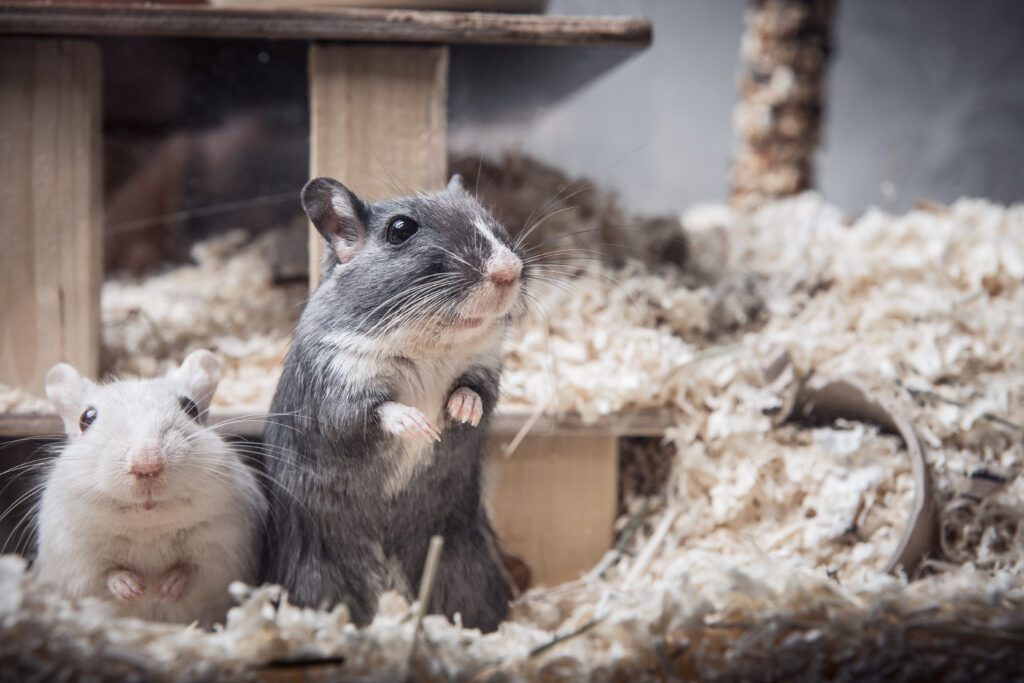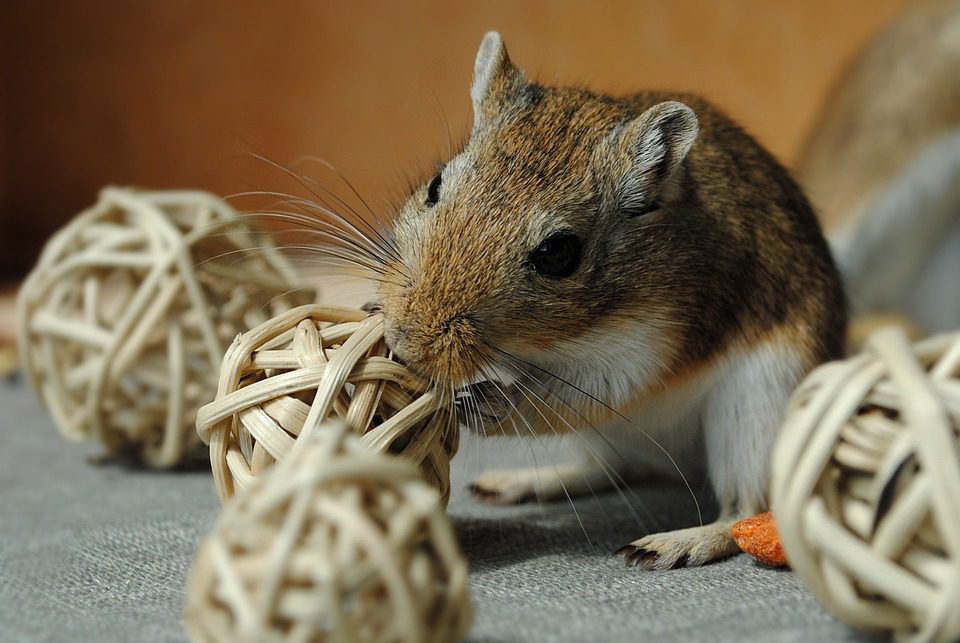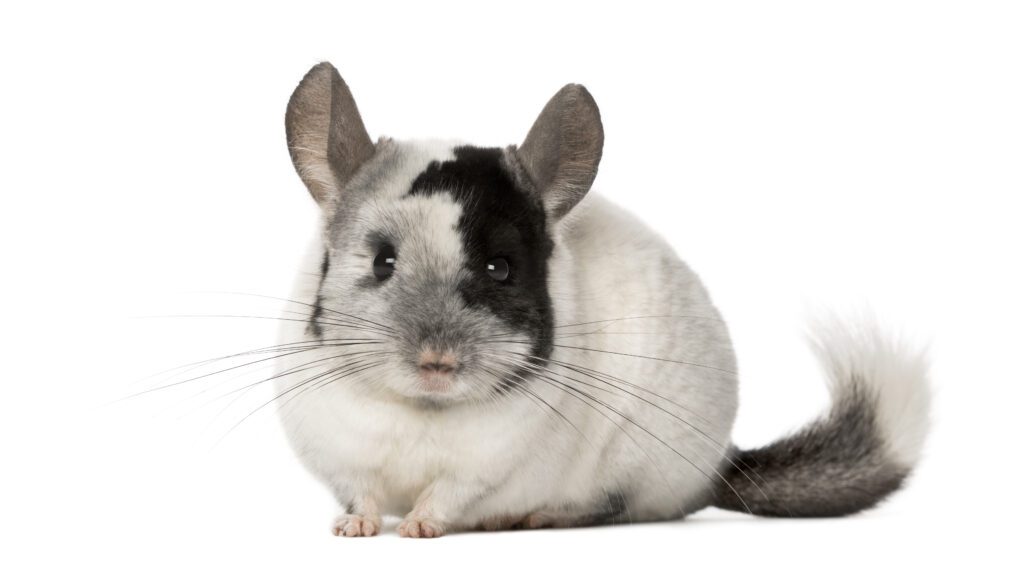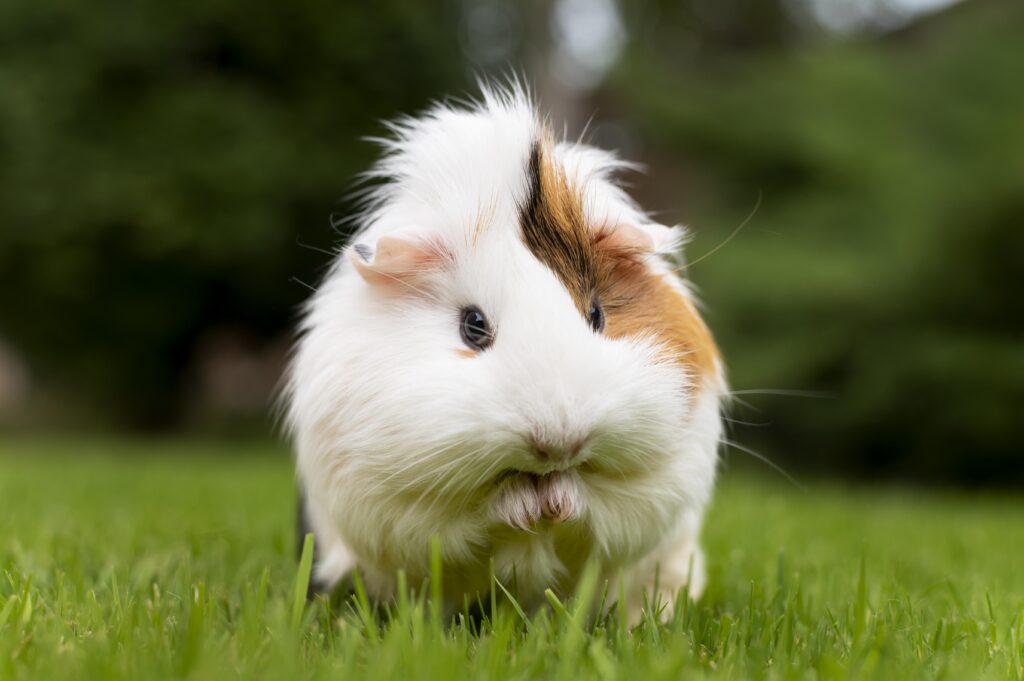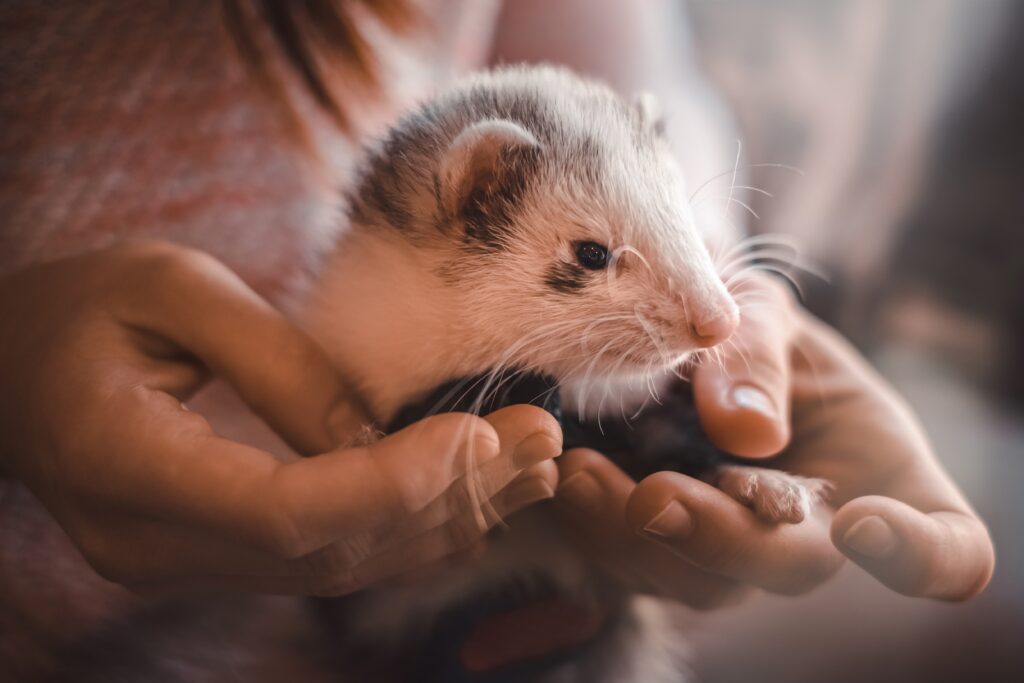
TOPICS COVERED
ToggleBefore committing, you should ensure the relationship will last for the expected duration. And the same goes when you’re about to get one of the dearest things, a pet. Though most pets have a long lifespan, some come for a very short period. So, if you’re a sensitive person who can develop severe attachments to pets, you should learn about their lifespan before getting one.
Syrian Hamsters are cute, adorable, and low-maintenance pets, but their immune system is weaker than others. This is why they need to be given vitamin C supplements regularly. Looks like they have a shorter lifespan. This article has everything you need to know about a Syrian Hamster’s lifespan, health issues, and lifestyle.
What is the Syrian Hamster?
The Syrian Hamster is a cute little, rounded rodent member of Cricetinae, the hamster subfamily. In science, it is called Mesocricetus Auratus. They’re also known as golden hamsters. As the name suggests, Syrian hamsters come from the surrounding regions of North Syria and North Turkey. Syrian Hamsters are solitary animals, meaning they don’t get along with other individuals of their species.
Syrian Hamster Lifespan
One of the most important things to decide when buying a pet is how long you want it to accompany you. Although it varies from person to person, some want to keep it long-term,while others may want it for a shorter period.
Hamsters are suitable for you if you’re interested in making a short-term commitment. They live for 2 to 3 years. Most live for two years, so if you see one living longer, you may consider it a bonus. Some people may claim their Hammies lived longer, but that’s rare. You shouldn’t expect a Hamster to live more than three years.
If you want your Hamster to stay healthy and live more than two years, you must be very conscious of its diet, lifestyle, and health.
Syrian Hamster Habitat

Hamsters are native to a few regions of Asia and Europe, including Syria, Romania, Greece, Belgium, and Northern China. They love warm weather and dwell in deserts, mountainous steppes, Meadows, and Fields.
However, Syrian Hamsters are rare, and you don’t usually see them in the wild. They were first seen in Aleppo City in Syria and later went into extinction in 1920 because of hunting. But in 1930, they were again seen inhabiting a small part of Aleppo City, Syria.
The ongoing Middle Eastern war in Syria is another reason for them being close to extinction.
Most of the time, each burrow has a couple of or more entrances to help them safely exit if things go wrong. They build several rooms in each burrow to store food, sleep, and nest. Well, they say Hamsters are intelligent, and they say it for a reason.
They’re also great at scent-marking. Hamsters have a scent on their flanks and make strokes using their flanks on something nearby to mark that place. It also helps them single out individuals. Smart, duh?
They’re nocturnal. They sleep all day, wake up at night, and start hunting for food for long hours. They take hefty rounds from burrows to food sources to store food, and during the process, each Hamster walks around five miles per night. This is why domestic Hamsters need a running wheel to mimic this behaviour. They’re high-energy pets and must spend their energy on something to stay calm and healthy.
Do Hamsters Live in Groups?
Nope, they don’t. If you’re familiar with solitary animals, you must’ve seen them avoiding each other and living their life alone. Hamsters are the same. But they’re also territorial and extremely aggressive towards the people of their groups.
They often fight and those fights can even lead to deaths. This is just another reason for them being extinct. That’s why it’s suggested not to keep two Hamsters together as it can cause health and mental issues in them.
So how do they breed? Don’t worry. They tend to be in a more romantic mood during the mating seasons, and a Hamster can carry about 6-8 pups at a time.
Which Hamster Species Lives the Longest Life?
Do you still want to get a cute Hamster? Are you wondering if any species out of the twenty live longer? Unfortunately, there’s none. The longest-living species are the Roborovski Dwarf Hamsters, Syrian Hamsters, and Teddy Bear Hamsters. Each of these three lives in captivity for 2-3 years with proper care, healthy diet and maintenance.
However, Hamsters in the wild live for a few months because they’re food to predators and foxes. On top of that, habitat destruction, environmental problems, lack of healthy food, and enemy Hamsters put their life in threat. So, there’s a difference between Wild and Domestic Hamsters.
Can Vitamin Supplements Help Hamsters Live Longer?
Vitamin supplements help humans’ overall health and do the same in Hamsters and other tiny critters. Hamsters must be given vitamin C regularly, which helps boost their immune system when sick.
In addition, many reputed brands sell Hamster foods with vitamin supplements. Owners who used these foods reported health benefits, resulting in a longer lifespan in their Hammies.
Hamsters are often seen to suffer from teeth and skin diseases because they lack vitamin C. So, yes, vitamin supplements help Hamsters live healthy and happy lives that may contribute to longevity.
How can the lifespan of the Hamster be increased?
Proper care, healthy diet and health checkups can help you make more memories with your baby Hamster. Here’s a few things that have helped other pet parents expand their Hamster’s lifespan.
- Healthy Diet and Proper Shelter: Healthy, fibre-enriched foods help other creatures stay healthy and live longer like humans. Less refined sugar and vitamin-mixed foods will prevent common diseases in hamsters, such as heart disease, obesity, and gastrointestinal problems.
Pallets should be the leading food for your Hamster. Plenty of brands sell different types of pallets. Make sure you’re buying ones that have vitamins combined. Other than this, try feeding Alfalfa Sprouts, Sunflower Seeds, Green Beans, Apples, Bananas, and other healthy, high-fibre grains and greens to keep its tummy happy. This will keep the Hamster happy and help with its lifespan.
A proper, spacious cage in a safe, warm place is the main concern while arranging shelter for your Hamster. The bigger the better; the Hamster is a playful, high_energy animal that loves being in a large cage. If you can’t provide it as big then you should at At least keep it to 100cm x 50cm x 50cm large.
Once the cage is ready, keep it clean to increase the lifespan of Mr. Saddlebags. They’re already prone to respiratory infections, and leaving them in the dirt will only cause you both to suffer more.
- Keep it in a Warm Place: Hamsters belong to warm places like deserts, fields, and mountainous steppes. So when you have it at home, make sure the Hamster is in a warm place to help it survive and function properly. Hamsters do best in 18-20 degrees Celsius. And they can fall immensely sick if they’re left in anywhere less than that even for a few hours. So be careful!
- Exercise and Activities: The Hamster is a high-energy animal and loves to run around. However due to small spaces, domestic Hamsters can’t run as they should for proper functioning. So it’s highly advised to get a running wheel. Otherwise, they easily suffer from obesity which will hamper their overall health.
- Health checkups: Just like human babies, your baby pets also need regular health checkups. Since they can’t share their pain, you need to pay attention to their activities and physical appearance to detect any unpleasant matters. They often suffer from Cardiovascular, Skin, Teeth, and Urinary diseases. So pay extra attention to those symptoms, and consult with a vet as soon as you observe anything unusual.
Other than that, you should take your Hamster to annual checkups even if its doing absolutely fine, according to ASPCA. Remember some diseases don’t show any signs but can be fatal to your darling pet.
So if you take care of these few things, you’re going to be successful at keeping your Hamster a little longer. They’re shorter living animals but with proper care, you can increase their lifespan a little more.
FAQ:
- What is the average lifespan of a Syrian hamster?
Syrian hamsters typically live between 2 to 3 years in captivity. - What is the ideal cage size for a Syrian hamster?
A cage should be at least 24 inches long and 12 inches wide with adequate height for climbing. - Can Syrian hamsters live together?
No, Syrian hamsters are solitary and should be housed alone to prevent aggression. - What type of bedding is best for Syrian hamsters?
Use aspen shavings or paper-based bedding. Avoid pine or cedar, which can cause respiratory issues. - How often should I clean my Syrian hamster’s cage?
Perform a spot clean every few days and a full clean once a week to keep the habitat healthy and odor-free. - Are Syrian hamsters good pets for beginners?
Yes, Syrian hamsters are excellent pets for beginners. They are relatively easy to care for, have simple needs, and can bond well with their owners if handled gently.

